herb
As apartment living grows and gardens shrink , growing herbs indoors has become one of the most democratic slipway to grow edibles . However , some herbs take more endeavour to produce indoors than they are worth . Gardening expert Madison Moulton shares seven herbs she wo n’t grow indoors and why .
depicted object

Although it may not seem like it to new gardeners , the garden cosmos is filled with argument and debate . These public debate can get quite heated , withgardeners ferociously maintain their situation . unluckily , I trust I am about to sparkle one of those debates with this list of8 herbs you should never grow indoors .
As an indoor gardener , first and foremost , I have endeavor to maturate many plants that are n’t traditionally classified as “ houseplant ” indoors . But when it comes to indoor herb garden , it ’s about more than just keeping a plant awake . The finish is for it to be healthy and generative for the best potential harvest time .
With that in mind , I ’d like to preface this clause by order that it ’s not out of the question to grow these herbs indoors . But from my experience , I do n’t think it ’s deserving the effort . If you have no out-of-door space at all , you could give it a try . But if you do , rather keep these pick outdoors .
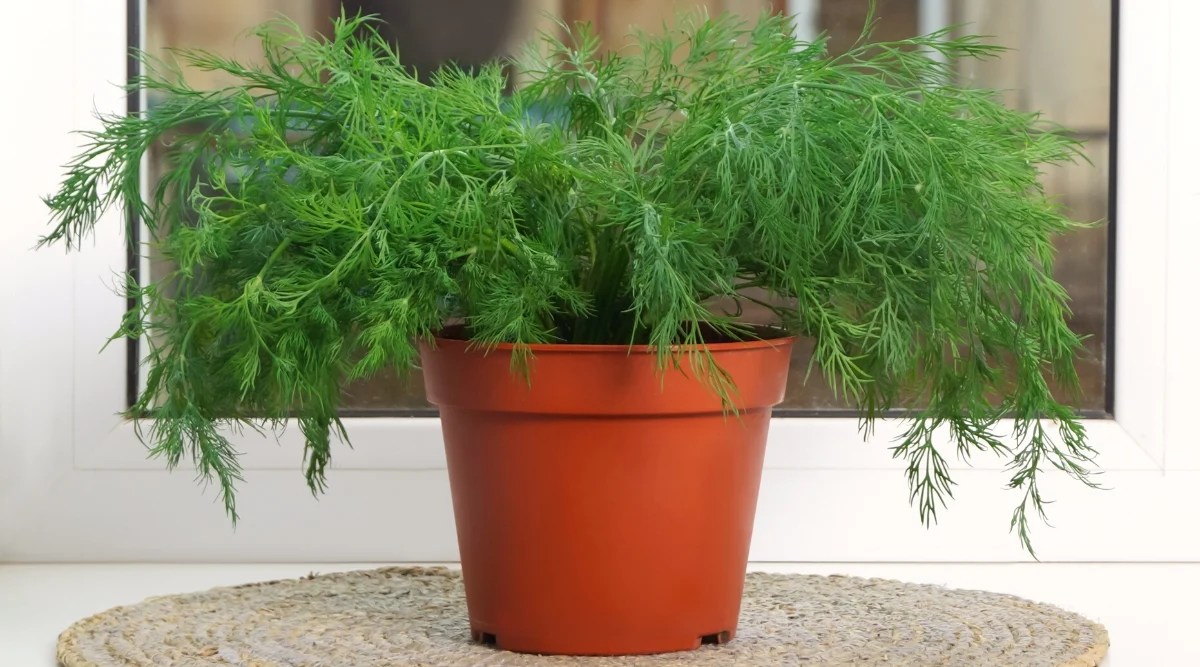
Dill
I find dill is often forgotten in the herb garden ( and in the kitchen too ) . But its typical flavor supply something singular you ca n’t chance anywhere else , quickly raise a dish when you cognise how to practice it right . Unfortunately , just because it ’s greatto usein your kitchen , that does n’t have in mind it ’s sound forgrowingin your kitchen .
The central issue is size . Dill grows to around 3 feet tall , but some diversity grow even larger – up to an impressive 5 feet . This sizedemands more than a small poton your windowsill . Even if you essay to keep growth compact , mature works usually take up much more premium kitchen space than they ’re worth , and itrequires frequent harvesting .
alternatively of battling with dill indoors , you ’ll see far better upshot keeping it out of doors if you have the space . It ’ll have way to elongate out , flourish in full sunshine , and grow to its full voltage .
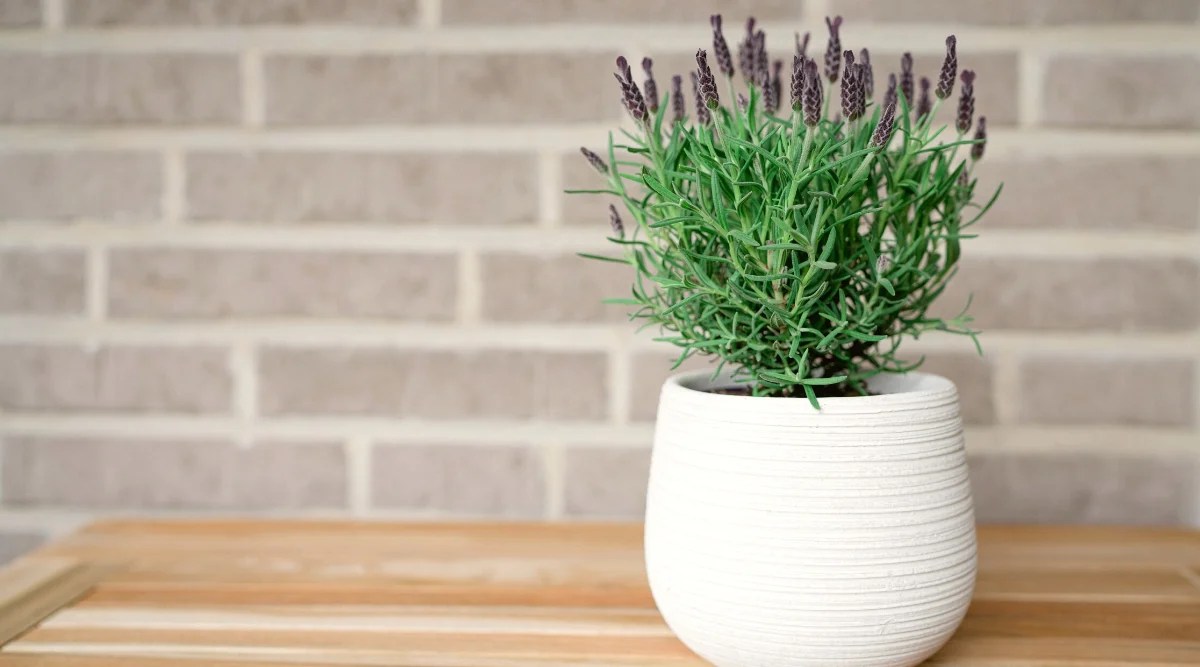
Lavender
Lavender – famously native to the cheery Mediterranean – want an surroundings that matches Mediterranean conditions to grow well . That mean it adores the sun and boom in areas with abundant light and excellent drain .
Unfortunately , this kind of surroundings is not usually found in our home . You may be one of the lucky few with the perfect space declamatory enough to grow lavender , but these spots are hard to come by . When forced to develop in circumscribed light ( and often excessively moist ) indoor condition , lavender struggles to push out the prime and fragrant parting it is grown for .
lilac needsconsistent direct sun for at least six hours per day , preferably more . attain this indoors can be tricky , particularly considering the quality of light indoors is not quite the same as alfresco .
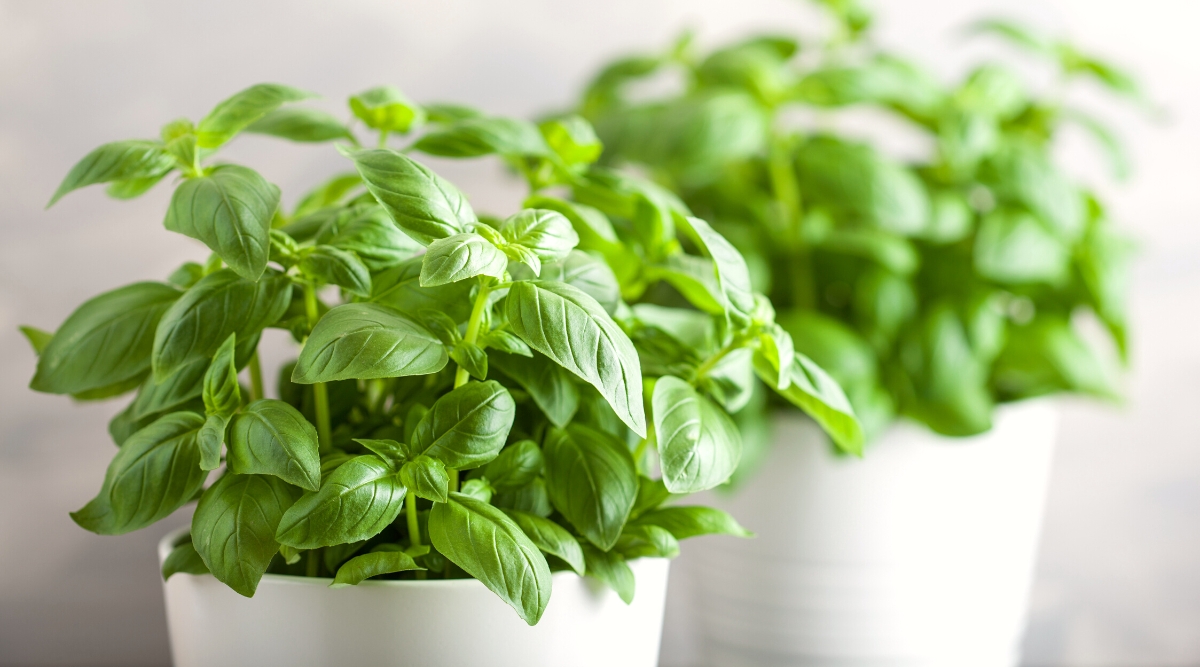
Another common trouble for indoor lavender plants is drain . More specifically , want of it . Lavender does n’t stick out high humidity and ca n’t stand being overwatered – both vulgar problem when growing herbs indoors .
Even if you provide fairly equal light and water carefully , lavender grow indoors wo n’t arrive at its full potential in size of it or number of bloom of youth . Keep it outdoors in your garden beds or large quite a little to avoid leggy and unsatisfying growth .
Basil
Basil is often recommended for growing indoors , so you might be surprised to see it on this lean . However , I have never managed to grow basil indoors successfully for over a few months , and I ’ve chatted with many gardeners who feel the same . If this resonates , do n’t conceive yourself a dim quarter round – basil often does n’t perform well indoors .
Basil loves shiny and sunny shape to advance increment and bring out flavorful leaves . They are also works that need quick temperatures year - stave to thrive . unluckily , replicating this within the confines of your home can be challenge , as we often keep our homes at cool temperature than St. Basil prefers !
It is n’t just light and temperature you have to worry about . lachrymation basil is a delicate balance in containers . They ca n’t outlive soggy soil but also wilt quickly when the soil stay juiceless for long period . Maintenance indoors can therefore be tough , managing depart conditions with no rain to supplement when need .
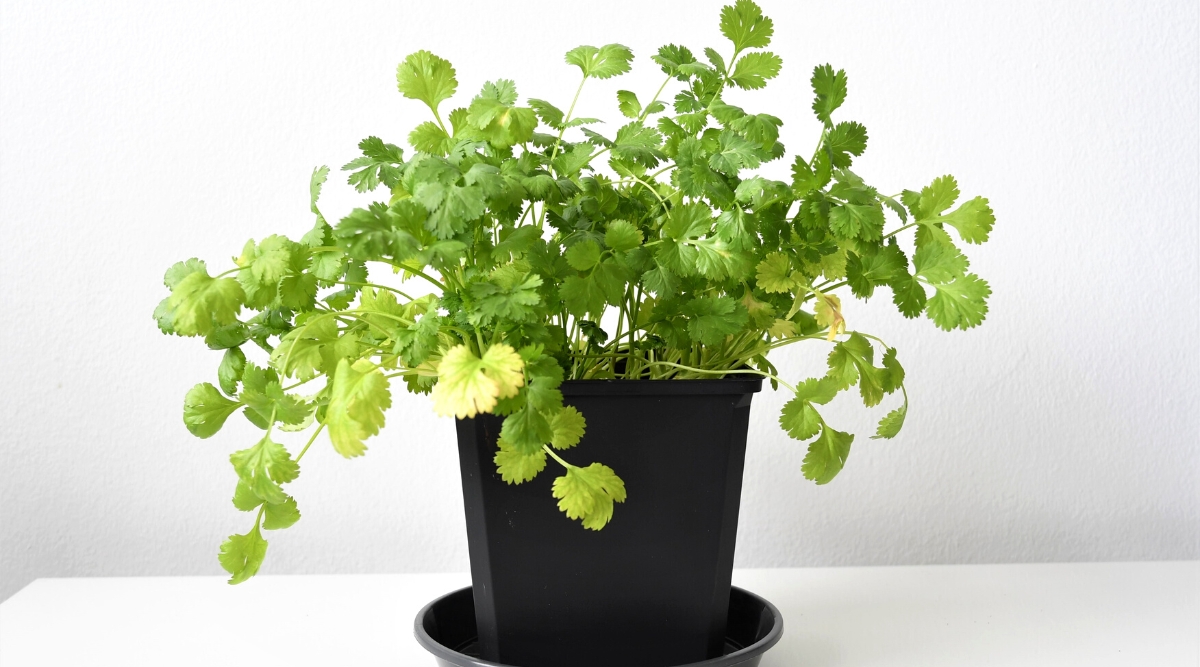
If your essence is typeset on indoor basil , there are steps you’re able to take to increase your chances of winner :
You wo n’t be able to harvest as much as if grown outdoors , but indoor growth can be sufficient if you only need to expend a few leaves at a prison term .
Cilantro
Cilantro is one of those controversial herb that has everyone part . You either love it or detest it ( usually because you have a smell sense organ that pick up aldehyde chemical substance , making the Chinese parsley sample soapy to you ) . While I am firmly on the ‘ love it ’ side and use it regularly in the kitchen , I still would n’t try growing it indoors again .
Without sufficient luminousness , cilantro growth is unbelievably disappointing . The stem become tall and leggy with very few leave-taking – the most important part of the plant when harvest . Indoor spaces do n’t provide the good direct sunshine cilantro needs to flourish , resulting in a leggy , underperforming plant .
If you ’ve test growing cilantro indoors , you probably ended up with a tall and thin plant rather than shaggy-haired and full . The leaves become sparse , leaving you with a far less available harvesting than you likely hope for when plant .
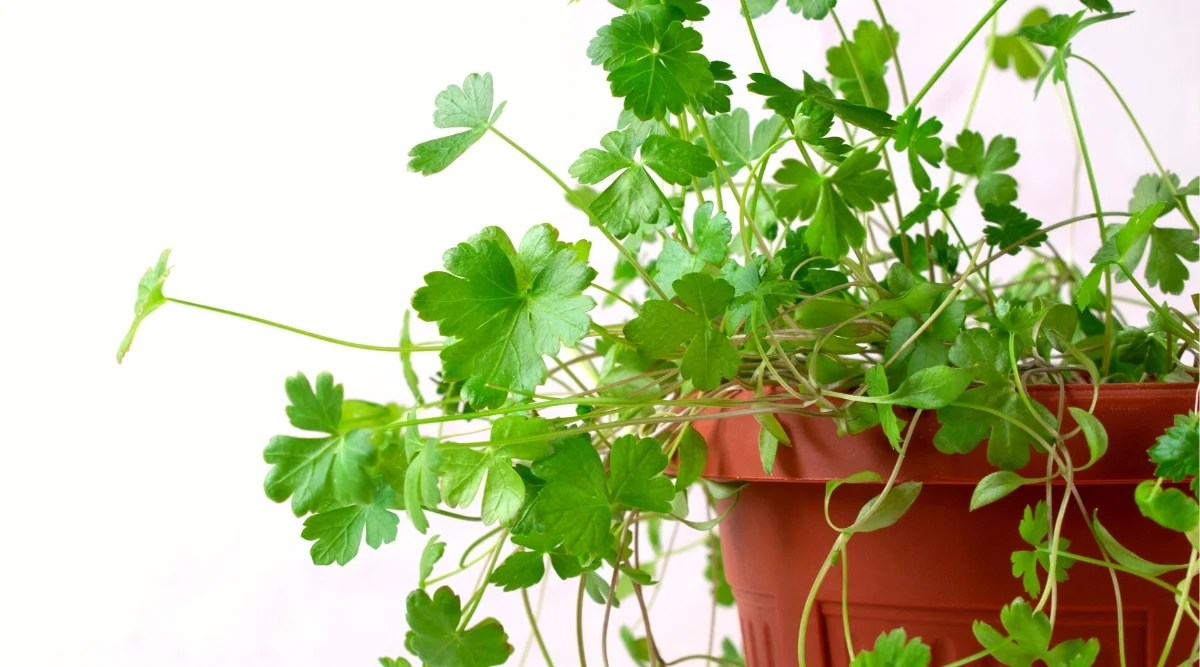
Forindoor cilantro to stand a chance , you mustfind the gay window availableor supplement it with a grow light . But for optimal results , Coriandrum sativum is well planted outdoors .
Parsley
A basic in many dishes as a highlight or simply a garnish , parsleyis an undeniably various herb . unluckily , the same can not be said for its adaptability to indoor conditions .
Petroselinum crispum responds likewise to Coriandrum sativum when it does n’t get enough light . As it tries to reach for the sun , the stems become elongated and frail , causing them to tumble over .
Lack of light and the plant ’s natural desire to stretch towards any available light source will leave in gangling growth with few leaves suitable for harvest home . The leaves will also be far less flavourous than in idealistic outside conditions .
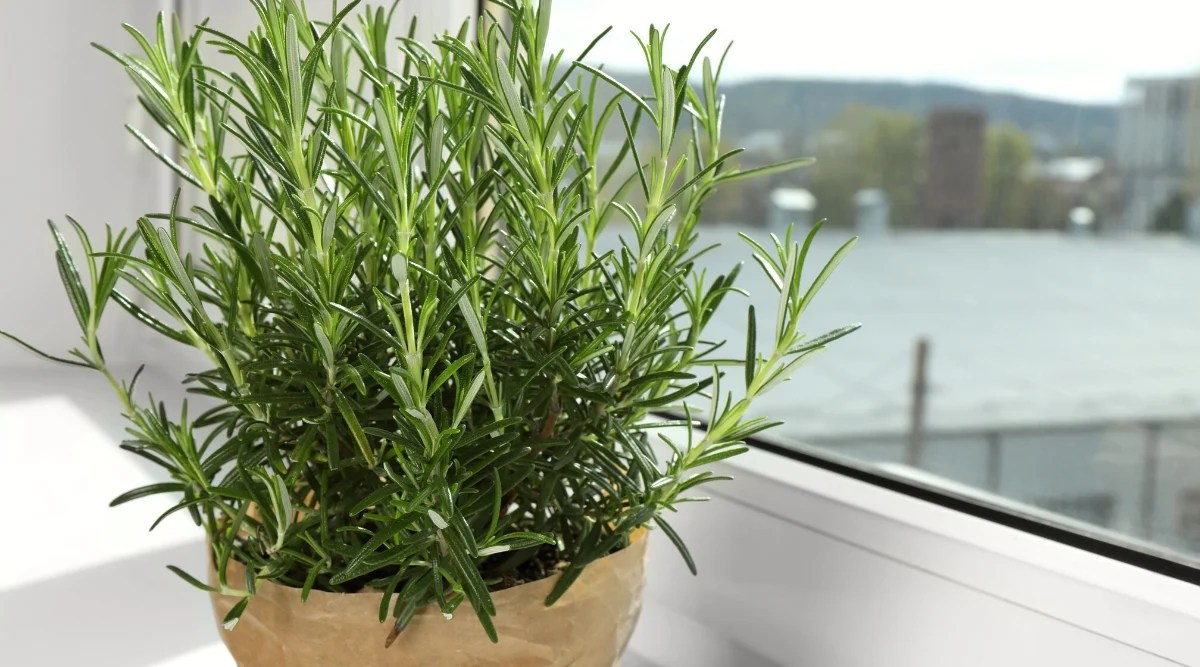
A situation on a balcony or terrace in full sunwill give you a wide , healthier plant with plenty of aromatic leaves for harvesting . But if you do n’t have the right outdoor space , pick out a due south - facing window and keep a tight eye on the plant .
Rosemary
When you think of resiliency , rosemary is ordinarily the first herb to do to mind . But even with this reputation , successfully growing rosemary indoors demands a level of alimony that often is n’t deserving it compared to the ease of develop it alfresco .
Rosemary require well - draining soil andplenty of sunlightto mirror its Mediterranean beginning . Like lavender , it can be a battle to replicate these condition indoors . The peril of overwatering also becomes a real possibility , especially for fanatical waterers who fuss over their plants .
Space is another upshot . It ’s comparatively well-heeled to keep rosemary compact by pruning often and confining it to a pocket-sized container . But in their native habitats , rosemary rise far large than small kitchens will accommodate . So if you’re able to give them the blank space to circularise and give you more leaves to harvest outdoors , why would n’t you ?
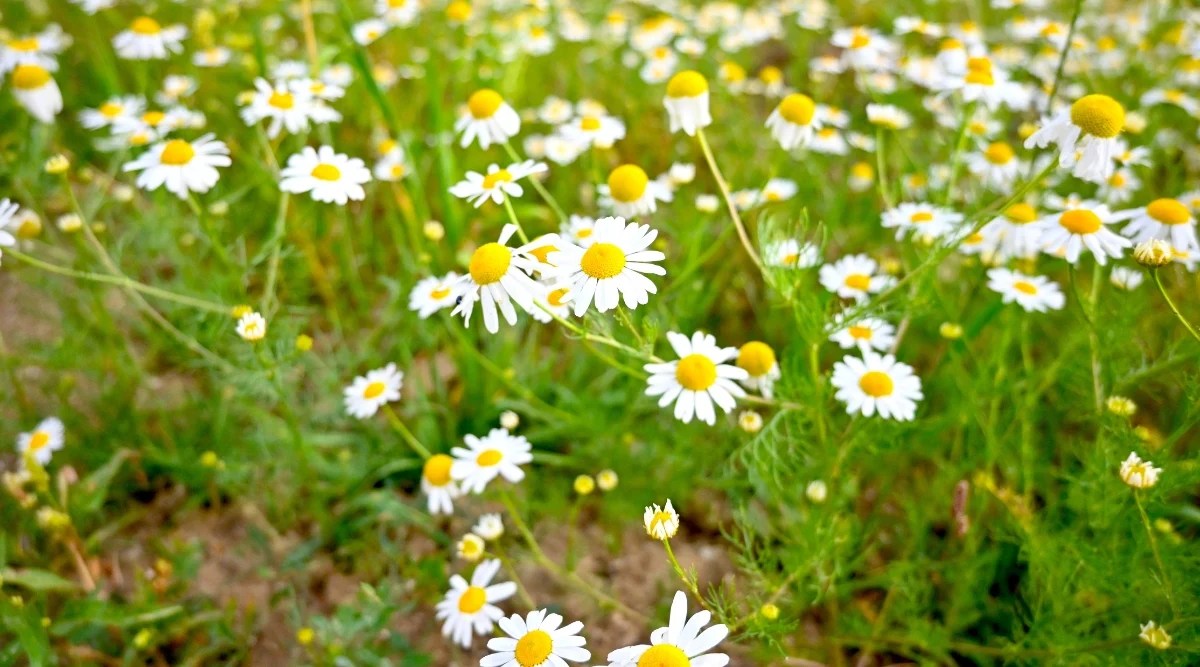
Whilerosemary can be acquire indoors , it ’s not without its challenges . If you ’re willing to do the work , you’re able to still have a piece of the Mediterranean in your home . If not , keep this herbaceous plant outside .
Chamomile
Chamomileis illustrious for its calming properties and adorable flowers . You may have consider adding it to your indoor garden for a logical supplying if you do n’t have the right out-of-door blank . However , you may need to intend again .
Chamomile bang to stretch out out , often grown as a primer cover of lawn permutation where it can make the most of the available space . A small crapper on a windowsill or a crowded indoor herb garden wo n’t furnish the room this herbaceous plant needs to expand , peculiarly if you require pile of prime .
And , at the risk of exposure of reprise something you ’re probably shopworn of hearing by now , sunlight is also an issue . Anthemis nobilis needs an sizeable amount of luminance to thrive and flower . Less - than - ideal light level will lead to lank growth and few blooms . If you ’re civilize chamomile for its blooms – the part most often used in teas – few flowers mean less of the herb to reap and apply .

If out-of-door gardening is n’t an choice , secure you have a big enough mass and a sunny enough location to encourage the best growth . rather of forcing chamomile to adapt to indoor conditions , choose other herb that better withstand indoor conditions .
Fennel
With a potent flavor and plenty of health welfare , the seeds , bulb , and fronds of thefennelplant all have a place in the kitchen . It ’s not my favored herb to eat , but I get it on many gardener who hump to grow and use it ( especially in salad ) .
Regularly strive heights of 6 feet , with an almost equal counterpane , Florence fennel is certainly on the big side when compared to other herbs . This is one plant that apprise its blank space , and unluckily , windowsills and tabletop gardens do n’t provide the real the three estates it want .
Like the other herb on this list , common fennel choose a full - sun environment and well - draining soil . Too small sun can succumb a leggy , unhappy industrial plant . Overwatering in a well - intentioned endeavor to keep it moist can also quickly moderate to root rot , a common issue among indoor herb .
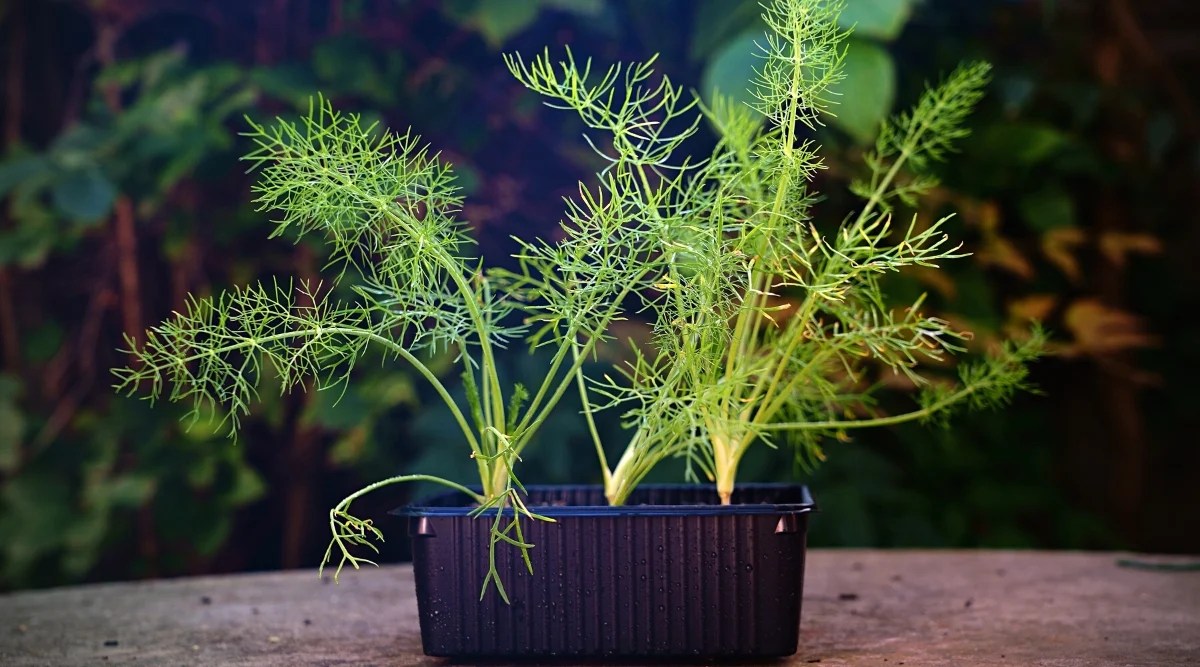
It may be alluring to keep Florence fennel ready to harvest in the kitchen , but this herbaceous plant is well depart alfresco . Not only will it have the space it needs to grow , but it ’ll also have the optimal conditions it postulate to thrive .
Final Thoughts
There is nothing wrong with trying to originate these herbs indoors . But if you ’d prefer not to conduct with the dogfight of providing extra lighting and having a potentially monolithic plant in your base , select more true option likemintorthyme .